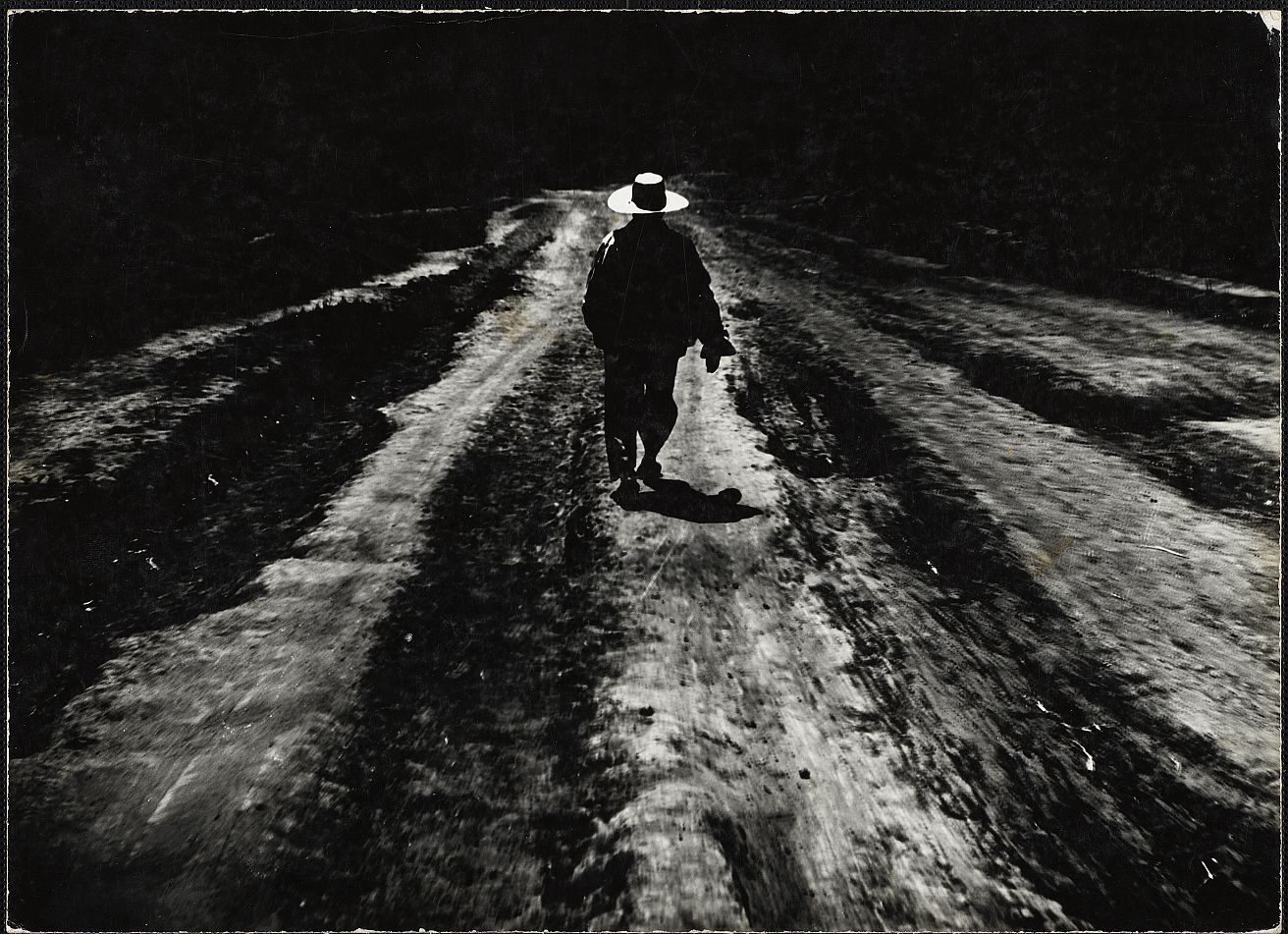
Ursinus Celebrates Mexican Photographer Enrique Bostelmann
Running June 18 to December 15, Apertures and Borderscapes at the Berman Museum of Art is the first solo exhibition of Bostelmann’s work since 2013 and the most comprehensive to be shown in the U.S. to date.
The Philip and Muriel Berman Museum of Art at Ursinus College is pleased to introduce Enrique Bostelmann: Apertures and Borderscapes this summer and fall, running June 18 to December 15. The multifaceted project presents new scholarship on the Mexican photographer Enrique Bostelmann and his legacy of artistic experimentation.
Enrique Bostelmann (1939-2003) is distinctive for his striking and experimental photography. Over his forty-year career, Bostelmann fused modernist formal elegance, social documentary, conceptualism, and humor with experimental vision. His work is critically acclaimed across Latin America and internationally, initially for America: un viaje a través de la injusticia (1970), one of the first photobooks and a groundbreaking document in protest photography at a time of political upheaval.
Despite his powerful body of work, Bostelmann remains largely unknown in the United States. The Berman Museum of Art has brought his work to the Greater Philadelphia Area to celebrate and boost public awareness of his contributions to the field of photography.
“Enrique Bostelmann’s experimental and collaborative methods transgressed and eroded boundaries in ways that anticipated directions of contemporary artistic practice, while retaining the artist’s humanist spirit.
“While the exhibition is indebted to partners who knew Bostelmann and his work well, we bring fresh curatorial vision and scholarly voices to a selected body of Bostelmann’s work, offering novel context, perspectives, and interpretation to the material.”
Creative Director of the Berman and Curator of Apertures and Borderscapes Deborah Barkun
The resulting exhibition, Enrique Bostelmann: Apertures and Borderscapes, takes boundaries—literal, figurative, and fluid—as the organizing principle for an exhibition of selected works by the genre-bending photographer. The exhibition opens with images of fencing along the U.S./Mexico border and transitions into the conceptual boundaries Bostelmann explored throughout his career. His transgressive practice disrupts perceived margins between justice and injustice, indigenous and colonial, rural and urban, and two- and three-dimensions.
Apertures and Borderscapes is the first solo exhibition of Bostelmann’s work since 2013 (Universidad Nacional Autónoma de México) and the most comprehensive to be shown in the U.S. to date.
Accompanying the exhibition is a bilingual documentary, which depicts the development of Apertures and Borderscapes along with newly recorded interviews with Bostelmann’s family members and artistic collaborators. A transcript of the interviews is included in a bilingual catalog that unites scholarship on Bostelmann’s work from art historians, curators, and critics. The perspectives of these interdisciplinary writers bring novel context to the material. Together with the exhibition, the documentary and catalog provide a unique contribution to an ongoing intergenerational dialogue between artworks and artists for whom Mexico—and concepts of Mexican identity—loom large.
One of the significant objectives of this multifaceted project is to build partnerships with local Latinx communities. The Berman has partnered with non-profit organizations such as ACLAMO (Acción Comunal Latinoamericana de Montgomery County) and CCATE (Centro de Cultura Arte Trabajo y Educación) as well as a number of Philadelphia-based artists to offer a suite of programs that make the museum more accessible and inviting to Spanish-speaking audiences.
“The Berman Museum is committed to providing meaningful engagement opportunities for the diverse audiences we serve, and we’re thrilled to be working with organizations and creative thinkers who share this vision.
“Whether through bilingual on- and off-site programming, family-oriented events, or incisive conversations that explore the themes running through Bostelmann’s work, we’re excited to see where these collaborations lead and how they will inform the museum’s work moving forward.”
Executive Director Lauren McCardel
The Berman Museum will host several public programs during the run of the program, including:
- Family Cyanotype Workshop with Movie on the Lawn on Friday, June 21
- Berman Block Party—live music, food trucks, and art-making on Friday, July 19
- Family Polaroid Workshop with Movie on the Lawn on Friday, July 26
- Fall Opening Reception on Thursday, September 12
- Latin Jazz Social on Friday, September 20
All events are free and open to the public.
Enrique Bostelmann: Apertures and Borderscapes is supported by The Pew Center for Arts & Heritage.
About Enrique Bostelmann:
Enrique Bostelmann (b. Guadalajara, 1939, d. Mexico City, 2003) was raised in Mexico City. When he was eighteen, he received a grant to study photography at the Bayerische Staatslehranstalt für Photographie in Munich, where his experimental work was influenced by German subjective photography principles. His practice as a professional photographer started in 1961 in Mexico City, later giving classes at the Instituto Paúl Coremans. In his early career, Bostelmann captured rural Mexico and Latin America, exploring every corner as portrayed in the book América: un viaje a través de la injusticia. Throughout his career, his work was constantly evolving, expanding, and experimenting through an intense conceptual approach.
Bostelmann’s work has been exhibited in Mexico, the U.S., and Europe. It is included in the collections of institutions across the globe, including the Philadelphia Museum of Art, the Museum of Fine Art, Houston, Museo Reina Sofia, the French National Library, and the Museo de Arte Moderno in Mexico.




